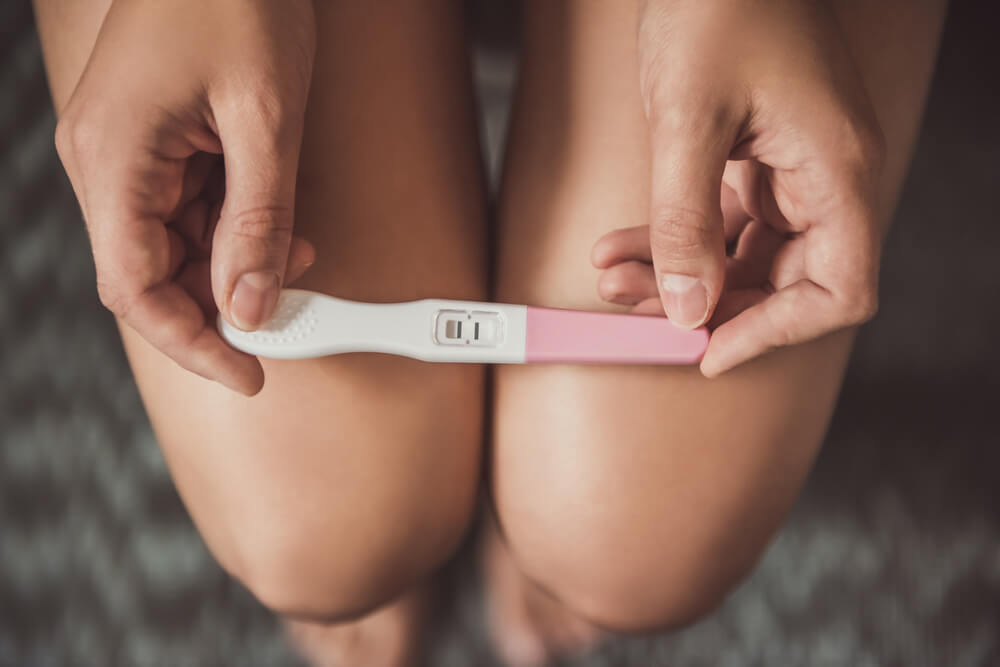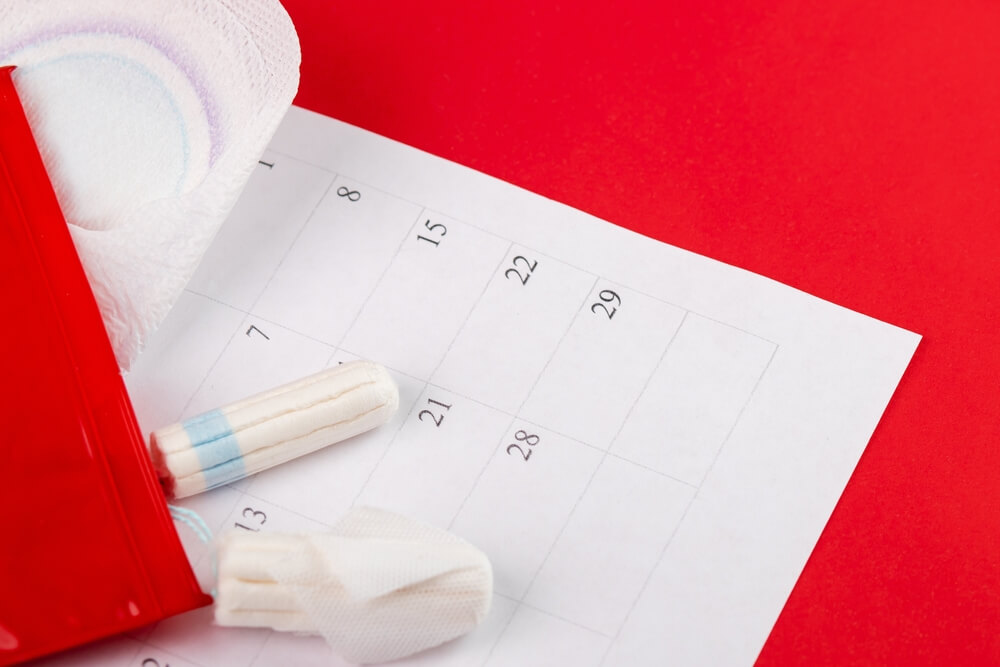While it is uncommon, you may be one of the rare women dealing with ovulation bleeding. We understand it can be frightening, especially if you don’t know why this happens and what to do about it! Before anything else, contact a medical professional for expert help and guidance. If you are in the area or you are looking for the best in the industry, we recommend Broward Complete OBGYN Wellness Center.
What does ovulation bleeding mean? Is treatment required, and if so, what are your options? Fortunately for you, we’ve outlined and explained everything you need to know about bleeding while ovulating. This article will help you understand what is happening with your body and hopefully put your mind at ease. Here are the must-know facts about bleeding on ovulation day.
Spotting During Ovulation: What Does it Mean?
If you notice light bleeding during the time of ovulation, you are dealing with something called “ovulation spotting.” This happens rarely, and it is usually not alarming. As a reminder, ovulation refers to when the ovary releases the egg. As mentioned, spotting or light bleeding happens rarely, and facts reveal that approximately 5 percent of females experience it in the middle of their menstrual cycles.
Women concerned about ovulation bleeding and other problems related to health should consult a healthcare professional for expert guidance. We recommend seeking out the help of a trained expert with years of experience in the field, such as Jaime A. Mercado, MD. If you are dealing with problems with ovulation or other concerns, a trained medical expert will help you.
How Do I Identify Ovulation Bleeding?

It can be challenging to identify spotting during ovulation. Some women may believe that the bleeding is related to the menstrual cycle, when in fact, the light bleeding happens outside of regular periods. Usually, the bleeding or “spotting” is a lot lighter than usually experienced during menstruation.
You can identify spotting during ovulation by checking the blood’s color. Since the changes in the color will depend on the blood flow’s speed, ovulation spotting is typically red or light pink in color. If you witness pink spotting, it is usually a sign of cervical fluid mixed with blood. In most cases, women produce extra cervical fluid during ovulation.
Bleeding while ovulating usually lasts up to two days.
When Does Ovulation Bleeding Happen?
Most women ovulate between up 11 and 21 days following the initial day of their last menstrual period. However, ovulation can happen later or even sooner in certain women, and it will depend on the length of the individual’s cycle. In fact, a woman may ovulate at different times during a menstrual cycle, and ovulation can happen on different days every month.
If you are planning to conceive, it is best to track ovulation. Some patients prefer to track ovulation to prevent unwanted pregnancy. Women who are trying to become pregnant will want to pay attention to light spotting or bleeding during ovulation – this can be a sign that the patient has a higher success of conceiving around this time of the menstrual cycle.
It is also important to remember that during ovulation, an egg can be fertilized for up to 24 hours. However, keep in mind that the sperm is able to live in the woman’s body for a maximum of five days. Based on this, if you have unprotected sexual intercourse four days before ovulation, you can get pregnant. On the other hand, if you have intercourse a day after ovulating, your chances of being pregnant are slim.
Why Am I Experiencing Spotting During Ovulation?
Bleeding while ovulating may happen because of rapid changes in hormone levels. During ovulation, a woman’s hormones change significantly, which may lead to spotting. According to the findings of a study, women with ovulation bleeding have higher levels of luteinizing hormone and luteal progesterone around ovulation.
That said, having lower or higher levels of the mentioned hormones will not mean that the woman is less or more likely to get pregnant.
Common Problems with Ovulation
Ovulation bleeding is rare, and it is usually not concerning. However, here are some other common problems with ovulation that are more serious and worth considering:
- Hypothalamic dysfunction: Due to excess emotional or physical stress, a very low or very high body weight, or related factors, two important hormones created by the pituitary gland – the luteinizing hormone and the follicle-stimulating hormone, are disrupted.
- Excessive prolactin: The pituitary gland causes hyperprolactinemia, reducing the production of estrogen and leading to infertility.
- Primary ovarian insufficiency: The ovary doesn’t produce eggs.
- Polycystic ovary syndrome or PCOS: Due to a hormonal imbalance, ovulation is affected. PCOS is also linked with obesity, insulin resistance, acne, and female infertility.
Other Symptoms and Signs of Ovulation
How do you know you are ovulating? Here are some signs to look out for:
- The cervical fluid that resembles egg white
- Increased amounts of cervical fluid
- Changes in the firmness and the position of the cervix
- Increased libido or sex drive
- Bloating
- Breast tenderness
- Higher LH levels
- Dull ache or pain on one side of your abdomen
- Intensified vision, taste, and smell
Being mindful of the listed signs of ovulation will help you understand your body and know when is the best time to conceive.
Implantation Spotting vs. Ovulation Spotting
Bleeding on ovulation day is different than implantation spotting. While implantation spotting happens when the fertilized egg is attached to the uterus’s inner lining, ovulation spotting or bleeding typically occurs when an egg is released. Implantation spotting is among the first signs that you are pregnant. Approximately one-third of pregnancies involve implantation spotting.
Additionally, implantation spotting usually occurs a few days before a woman has her next menstrual cycle. As mentioned before, ovulation bleeding or spotting typically happens in the middle of a cycle.
Menstrual Cycle vs. Spotting
Bleeding on ovulation day can be mistaken for a period. Here are some ways spotting differs from menstruation:
- Spotting is lighter.
- Spotting is typically brown, reddish, or pink in color.
- Spotting typically lasts for up to two days.
In most cases, menstrual period bleeding will require a menstrual cup, a tampon, or a pad. On average, a period can last from five to seven days.
Should I Take a Pregnancy Test?

If you experienced bleeding during ovulation and you believe you might be pregnant, we recommend waiting for about 16 days after the spotting or bleeding to take a pregnancy test. Patients who take a test earlier can get false-negative results. How do pregnancy tests work? These tests measure human chorionic gonadotropin (hCG) amounts in the urine. When pregnant, the hormone rapidly rises – but in the earliest pregnancy days, the hCG levels can be very low and hard to detect.
When Should I Seek Out Help?
Bleeding or spotting during ovulation happens only in a small percentage of female patients. In most cases, patients ovulate without experiencing bleeding or spotting. While light spotting typically does not require medical assistance, you should talk to a healthcare professional if you are experiencing pain, discomfort, and other life-debilitating symptoms. Besides, regular OBGYN appointments are essential to ensure that your health is always on track.
Give Us a Call Today
Self-love starts with taking care of your physical and mental health. If you have any questions or concerns, we’re here to help you. Schedule an appointment with our team of experts to get started today.


